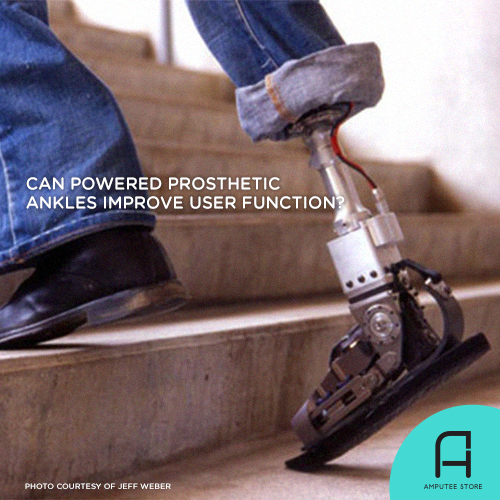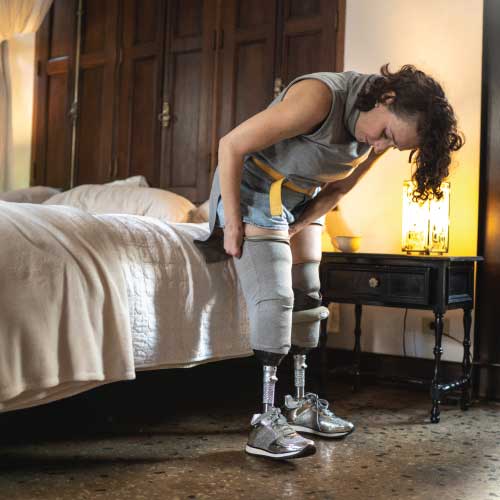Can Powered Prosthetic Ankles Improve User Function?
Prosthesis users have more metabolic demands or energy expenditure when walking or moving with their prosthetic limbs than "abled" people. In particular, people with unilateral below-knee limb loss expend more energy when walking because they lack symmetry, contributing to decreased activity and an overall lower daily step count.

In a study published in the Journal of NeuroEngineering and Rehabilitation, researchers deemed it crucial to address the issue above. According to the paper, physical inactivity can lead to cardiovascular disease and obesity, resulting in lower quality of life.
Powered prosthetic ankles have long been touted for their ability to provide battery-powered mechanical push-off. However, it's unclear whether using the prosthesis translates to positive changes in physical activity.
The researchers studied individuals with single below-knee amputations in a randomized clinical trial to determine the prosthesis's positive impact on their daily lives. The study compared the volunteers' prescribed, passive prosthetic limbs and Ottobock's BiOM powered prosthesis. The latter was designed to reduce gait asymmetries and reduce energy expenditure.
The researchers measured the study participants' energy expenditure and walking speeds in the laboratory. Their daily step count and walking speed were also measured over two weeks of prosthesis use at home. Furthermore, the volunteers were asked to rate their quality of life and mobility.
Results
Twelve people were randomly assigned to either powered or passive prosthesis first. Ten of the participants completed the study.
After two weeks, the researchers found no differences between the passive and powered prostheses in daily step count, energy expenditure, walking speed in everyday life and the lab, and participants' perception of mobility. However, the changes varied across volunteers.
The participants reported an increase in their ability to walk without assistance, as well as decreased frustration when using the powered prosthesis. Some of the study participants preferred using powered prosthesis because it improved their mobility. They reported an increase in physical activity because the powered prosthetic limb reduced their energy expenditure.
Despite the generally positive feedback for the BiOM, the researchers concluded that the perceived benefits vary depending on the user. These findings highlight the need for further clinical research and to include not only perception but also objective measures, which can better inform the way prosthetists prescribe prosthetic limbs.
Do you use powered prosthetic ankles? Has it improved the quality of your daily life?










































































